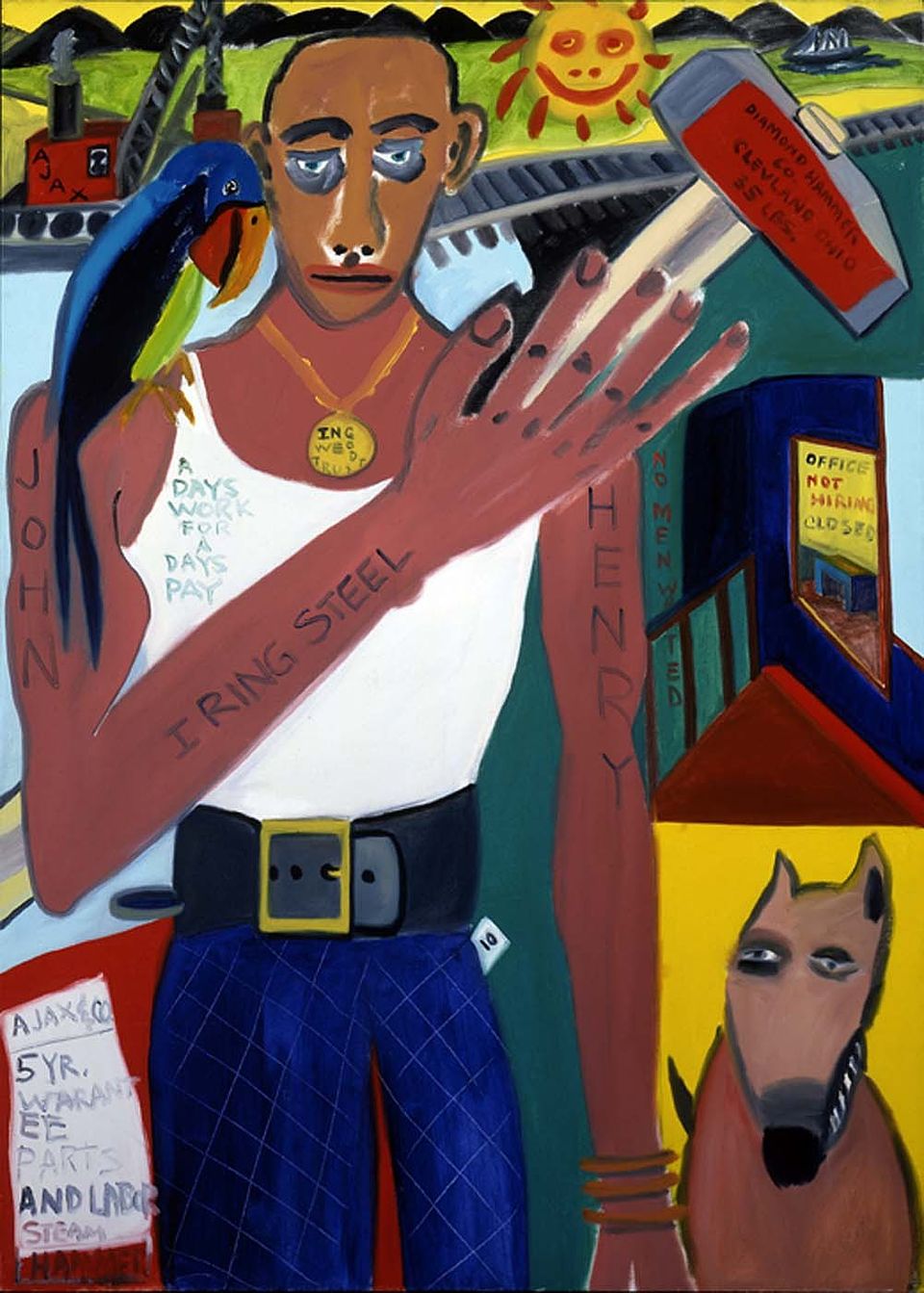Artwork Details
- Title
- Tambo
- Artist
- Date
- 1993
- Location
- Not on view
- Dimensions
- 28 1⁄8 x 25 1⁄4 x 22 in. (71.5 x 64.2 x 55.9 cm.)
- Copyright
- © 1993, Melvin Edwards
- Credit Line
- Museum purchase through the Luisita L. and Franz H. Denghausen Endowment and the Smithsonian Institution Collections Acquisition Program
- Mediums
- Mediums Description
- welded steel
- Classifications
- Subjects
- Abstract — geometric
- Object — tool — shovel
- Object — weapon — spear
- Object — tool — wrench
- Object Number
- 1994.55
Artwork Description
African American Art: Harlem Renaissance, Civil Rights Era, and Beyond, 2012
Melvin Edwards named this work after Oliver Tambo, who worked to establish racial equality in South Africa. Tambo co-founded the African National Congress Youth League and served as the Congress's leader while Nelson Mandela was imprisoned from 1964 until 1990. Edwards created this memorial after Tambo died in 1993 to tell the story of how blacks abolished apartheid and rose to power in South Africa. The spike, for example, is part of a harrow, which was both a common implement of torture and an agricultural tool used to break up plowed ground. The chain evokes the bondage of black South Africans as well as the strength of political organizations like the African National Congress.














